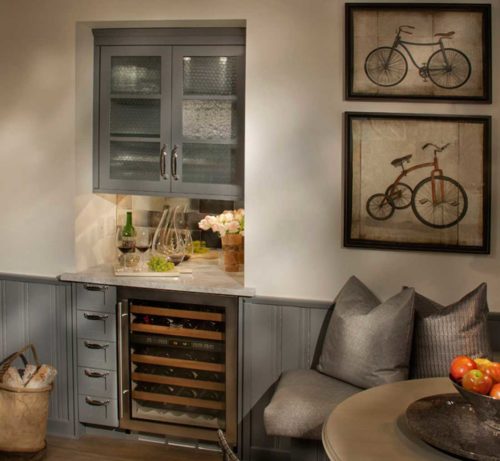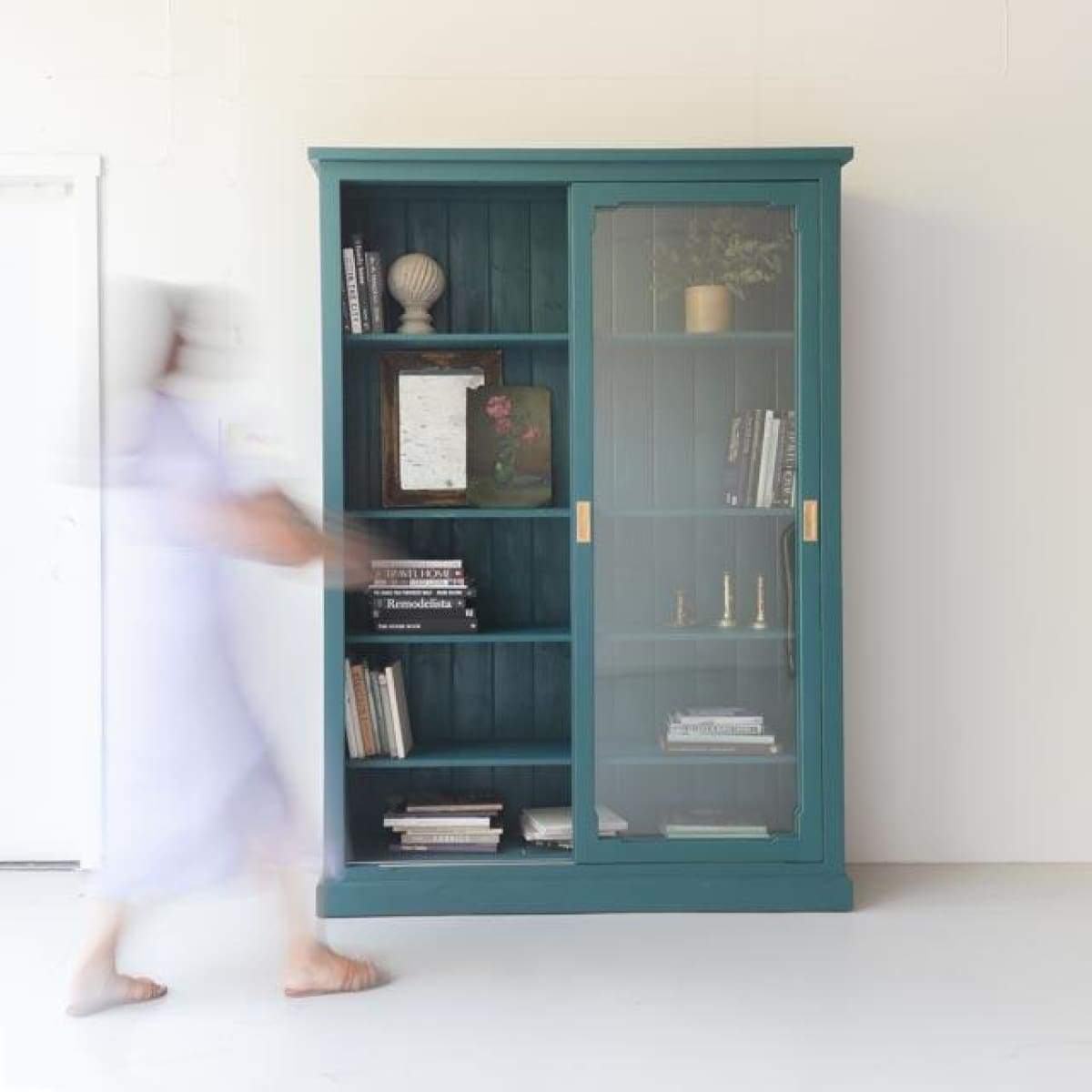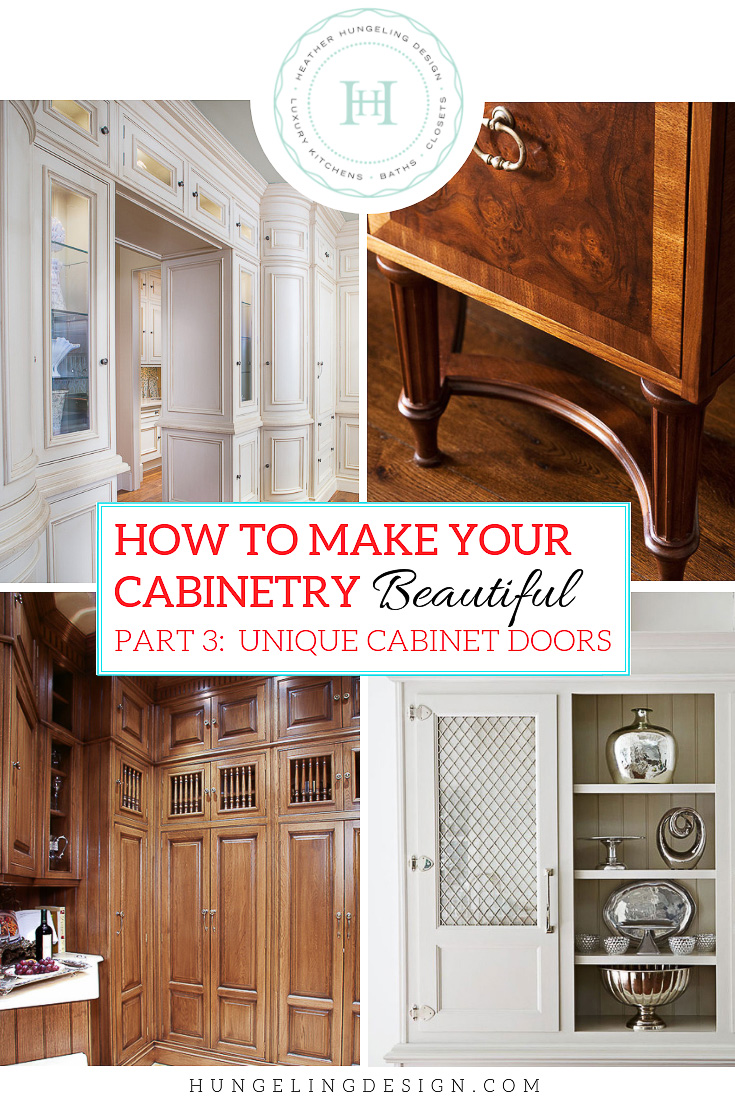All Categories
Featured
The best choice of materials can dramatically affect your entrance's visual appeals, durability, and capability. Here's a guide to selecting the ideal products for your customized entrance entrance.
Wood gateways emanate warmth and natural beauty, making them a prominent selection for rustic and traditional styles.
Pros:
Visual Allure: Offers a classic, classy look that complements a range of building designs.
Personalized: Can be discolored, painted, or carved to achieve an unique layout.
Eco-Friendly: Sustainable alternatives like redeemed timber minimize environmental influence.
Cons:
Maintenance: Requires routine sealing or tarnishing to safeguard versus weather and bugs.
Toughness: May warp, crack, or rot gradually without proper treatment.
![]()
Metal entrances are commemorated for their resilience and ability to accommodate complex layouts.
Pros:
Resilience: Resistant to wear and tear, making it suitable for high-traffic areas.
![]()
Layout Flexibility: Appropriate for both traditional wrought iron styles and contemporary, smooth layouts.
Reduced Upkeep: Requires marginal maintenance with correct finishings to avoid corrosion.
Disadvantages:
Price: High-grade steels like functioned iron or stainless-steel can be expensive.
Warm Retention: May end up being warm to the touch in direct sunshine.
Aluminum is an affordable choice to much heavier steels, supplying a modern-day look with reduced maintenance.
Pros:
Corrosion-Resistant: Perfect for areas with high moisture or seaside environments.
Lightweight: Easier to operate and install contrasted to various other metals.
Budget Friendly: Offers a smooth take a look at a lower cost.
![]()
Cons:
Strength: Less resilient than larger steels like steel or iron.
Limited Personalization: Not as flexible for complex designs.
Vinyl entrances are recognized for their affordability and convenience of upkeep, making them a useful selection for numerous house owners.
Pros:
Low Maintenance: Resistant to weather, parasites, and UV rays.
Economical: Budget-friendly ahead of time and in time because of marginal upkeep.
Range: Available in a variety of shades and designs.
Disadvantages:
Durability: Less tough than wood or metal and can break in extreme temperatures.
Appearance: Does not have the natural appearance of timber or the refinement of metal.
Compound gates combine timber fibers with plastic or resin to create a eye-catching and durable option.
Pros:
Toughness: Resistant to rot, bending, and bugs.
Reduced Upkeep: Doesn't need painting or discoloration.
Eco-Friendly: Commonly made from recycled products.
Disadvantages:
Expense: A lot more costly than typical timber or vinyl.
Look: May do not have the credibility of natural timber.
When Deciding On Materials,Key Considerations.
Environment: Consider how the material will certainly carry out in your neighborhood climate condition. Metal is excellent for longevity, while plastic works well in damp environments.
Maintenance: Select a material that fits your lifestyle and readiness to maintain it over time.
Style: Make sure the product aligns with your home's building style and personal preference.
Budget: Variable in both in advance expenses and long-term costs for repair and maintenance.
Last Thoughts
Selecting the best material for your customized entry entrance is an important action in producing a aesthetically attractive and useful entryway to your home. Whether you prioritize the ageless charm of wood, the strength of steel, or the practicality of vinyl, there's a material to match your demands. By balancing looks, resilience, and expense, you can create a custom-made gateway that improves your home's aesthetic appeal while standing the test of time.
- Wood: Timeless Beauty
Wood gateways emanate warmth and natural beauty, making them a prominent selection for rustic and traditional styles.
Pros:
Visual Allure: Offers a classic, classy look that complements a range of building designs.
Personalized: Can be discolored, painted, or carved to achieve an unique layout.
Eco-Friendly: Sustainable alternatives like redeemed timber minimize environmental influence.
Cons:
Maintenance: Requires routine sealing or tarnishing to safeguard versus weather and bugs.
Toughness: May warp, crack, or rot gradually without proper treatment.
- Metal: Strength and Adaptability

Metal entrances are commemorated for their resilience and ability to accommodate complex layouts.
Pros:
Resilience: Resistant to wear and tear, making it suitable for high-traffic areas.

Layout Flexibility: Appropriate for both traditional wrought iron styles and contemporary, smooth layouts.
Reduced Upkeep: Requires marginal maintenance with correct finishings to avoid corrosion.
Disadvantages:
Price: High-grade steels like functioned iron or stainless-steel can be expensive.
Warm Retention: May end up being warm to the touch in direct sunshine.
- Aluminum: Lightweight and Economical
Aluminum is an affordable choice to much heavier steels, supplying a modern-day look with reduced maintenance.
Pros:
Corrosion-Resistant: Perfect for areas with high moisture or seaside environments.
Lightweight: Easier to operate and install contrasted to various other metals.
Budget Friendly: Offers a smooth take a look at a lower cost.

Cons:
Strength: Less resilient than larger steels like steel or iron.
Limited Personalization: Not as flexible for complex designs.
- Vinyl: Practical and Budget-Friendly
Vinyl entrances are recognized for their affordability and convenience of upkeep, making them a useful selection for numerous house owners.
Pros:
Low Maintenance: Resistant to weather, parasites, and UV rays.
Economical: Budget-friendly ahead of time and in time because of marginal upkeep.
Range: Available in a variety of shades and designs.
Disadvantages:
Durability: Less tough than wood or metal and can break in extreme temperatures.
Appearance: Does not have the natural appearance of timber or the refinement of metal.
- Composite Products: The Very Best of Both Globes
Compound gates combine timber fibers with plastic or resin to create a eye-catching and durable option.
Pros:
Toughness: Resistant to rot, bending, and bugs.
Reduced Upkeep: Doesn't need painting or discoloration.
Eco-Friendly: Commonly made from recycled products.
Disadvantages:
Expense: A lot more costly than typical timber or vinyl.
Look: May do not have the credibility of natural timber.
When Deciding On Materials,Key Considerations.
Environment: Consider how the material will certainly carry out in your neighborhood climate condition. Metal is excellent for longevity, while plastic works well in damp environments.
Maintenance: Select a material that fits your lifestyle and readiness to maintain it over time.
Style: Make sure the product aligns with your home's building style and personal preference.
Budget: Variable in both in advance expenses and long-term costs for repair and maintenance.
Last Thoughts
Selecting the best material for your customized entry entrance is an important action in producing a aesthetically attractive and useful entryway to your home. Whether you prioritize the ageless charm of wood, the strength of steel, or the practicality of vinyl, there's a material to match your demands. By balancing looks, resilience, and expense, you can create a custom-made gateway that improves your home's aesthetic appeal while standing the test of time.
Latest Posts
Simplify Your Financial resources with WyHy's Coinstar Solution
Published Apr 19, 25
1 min read
Unlock Exclusive Discounts with WyHy's Love My Lending institution Benefits
Published Apr 19, 25
1 min read
The Road to Financial Freedom Starts Here
Published Apr 19, 25
1 min read